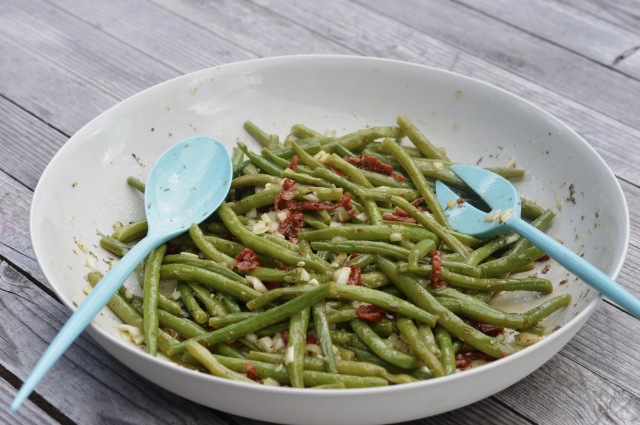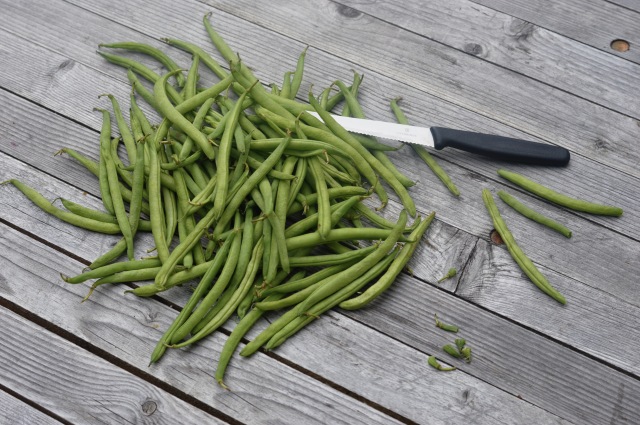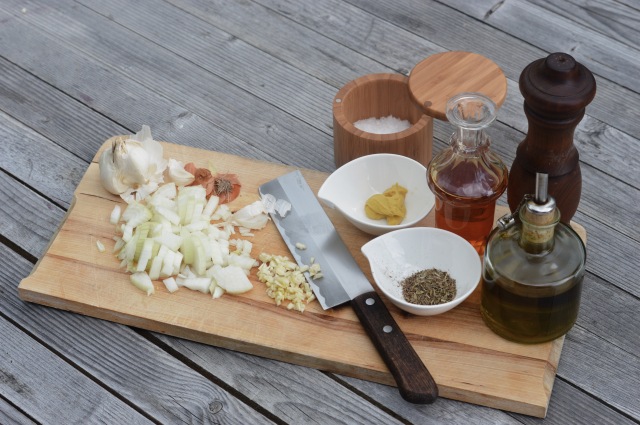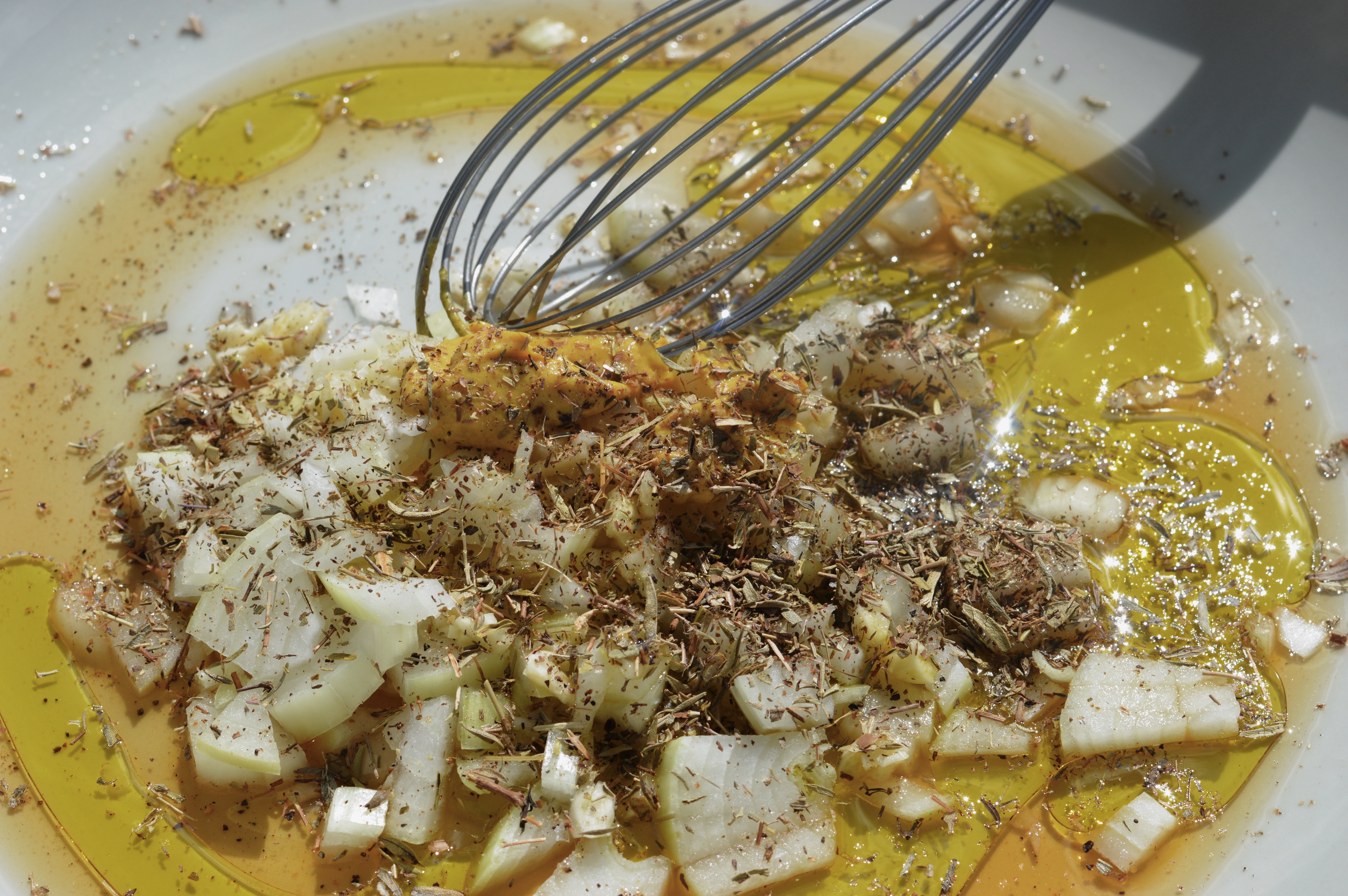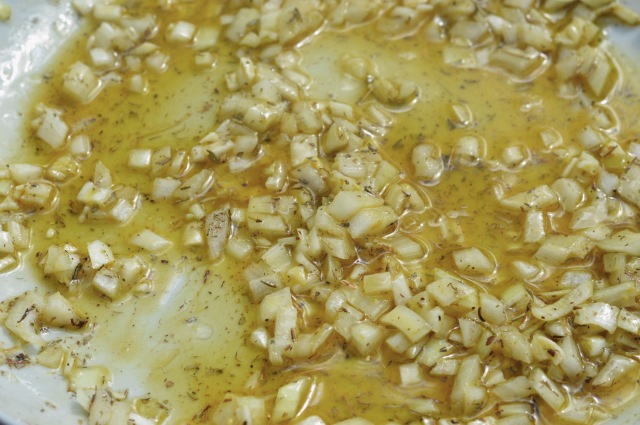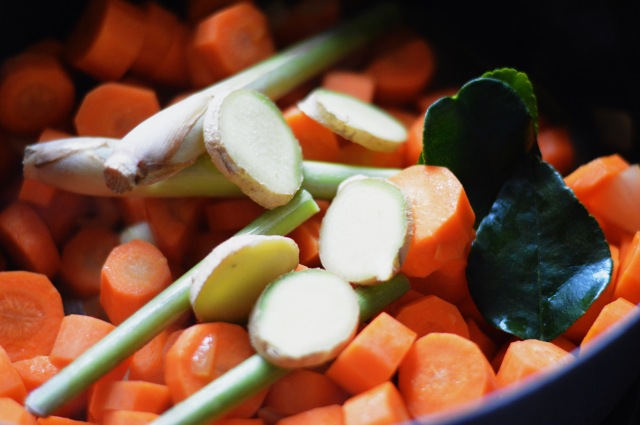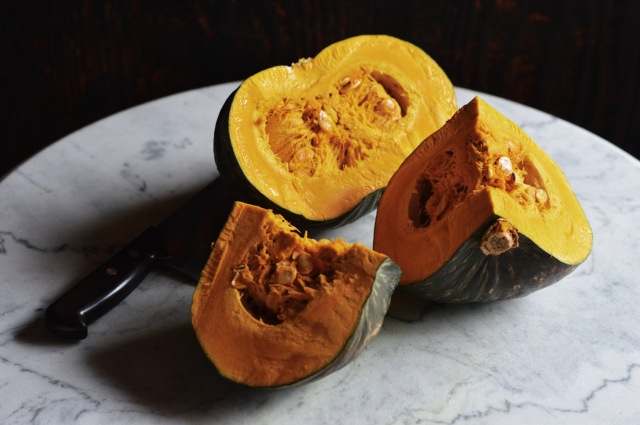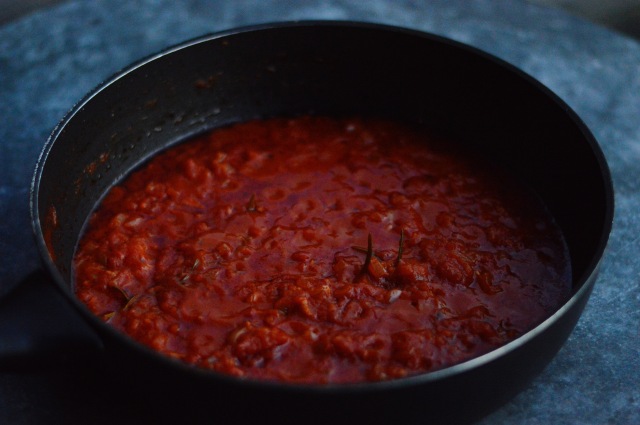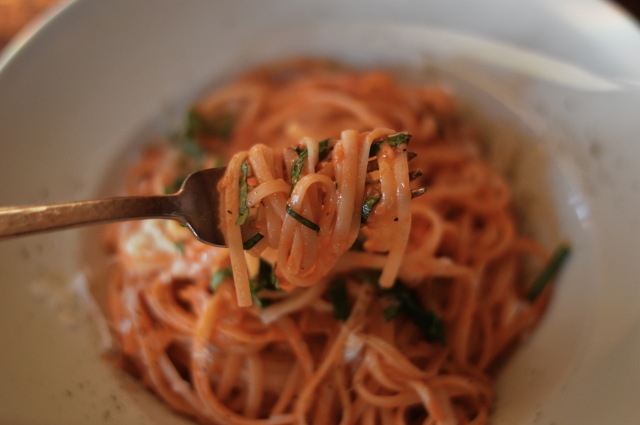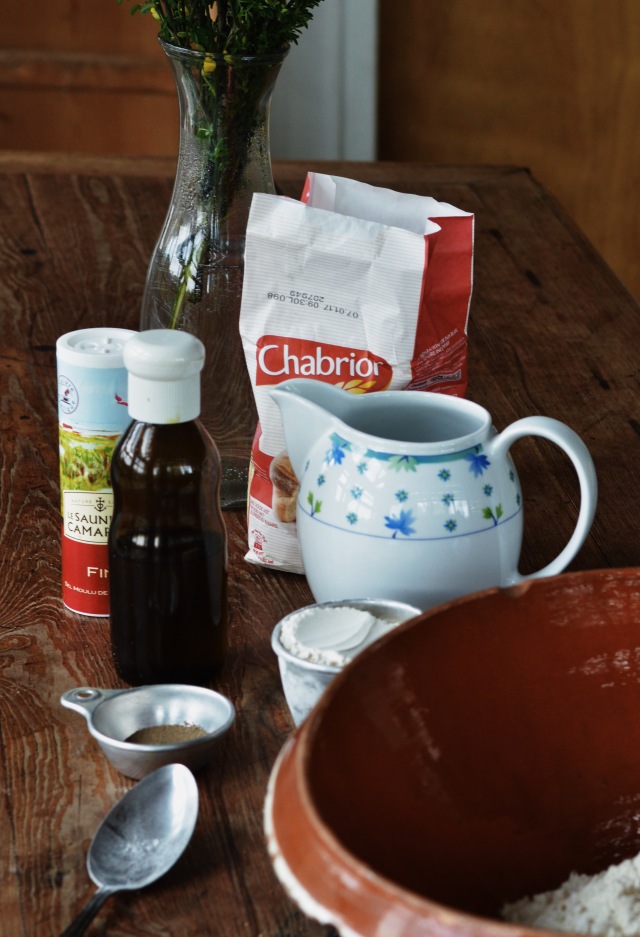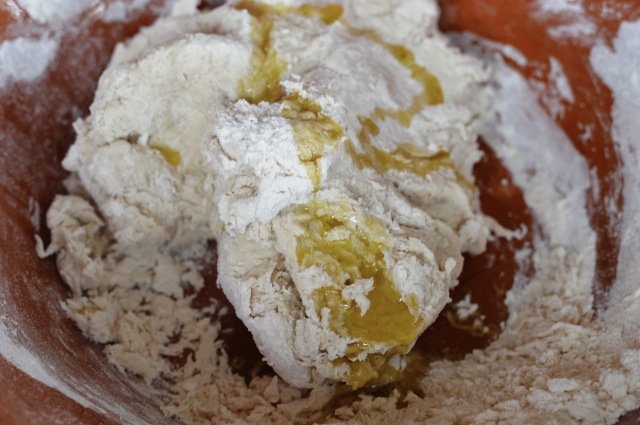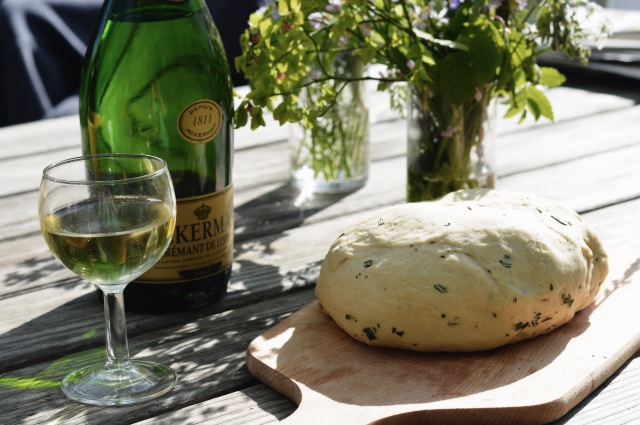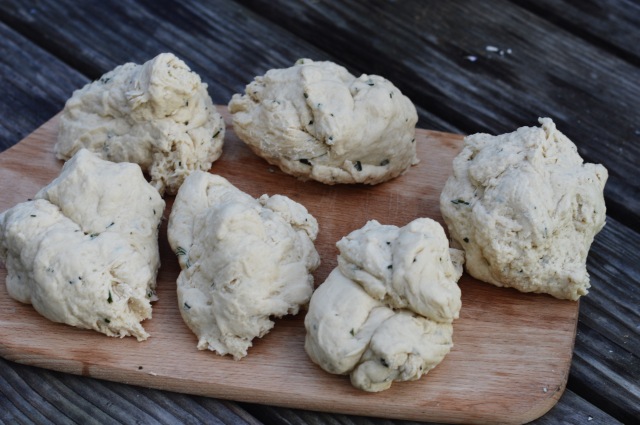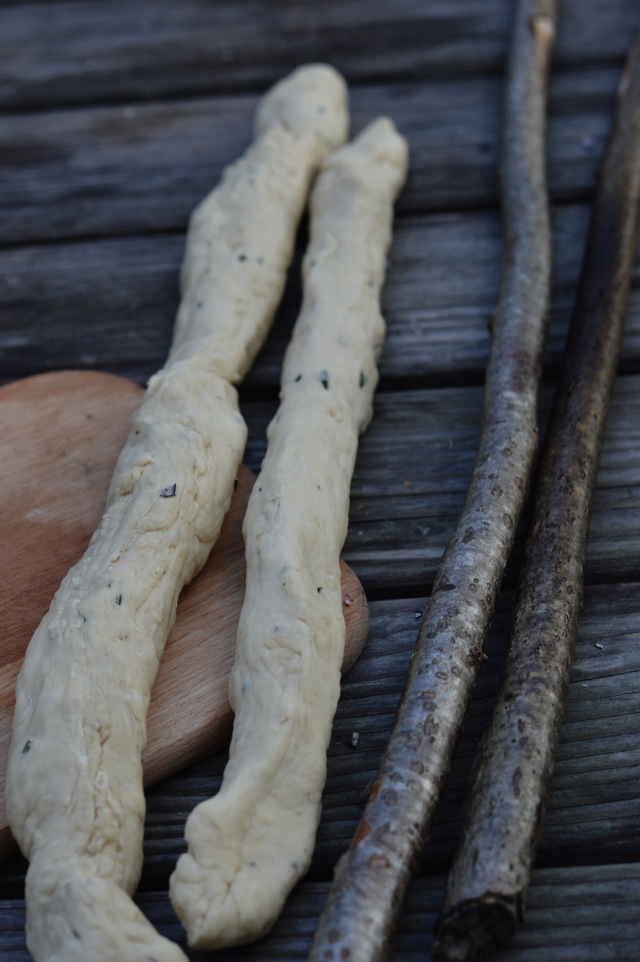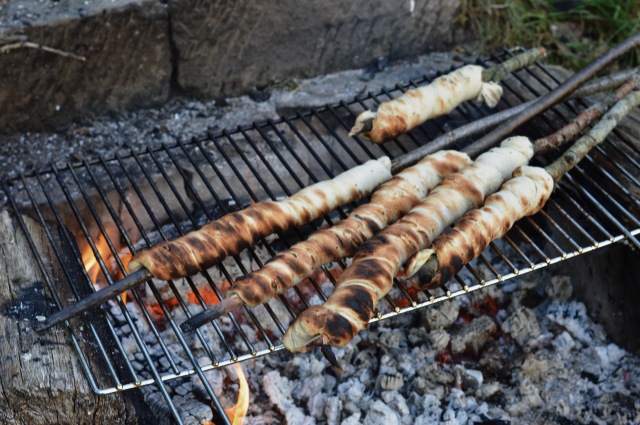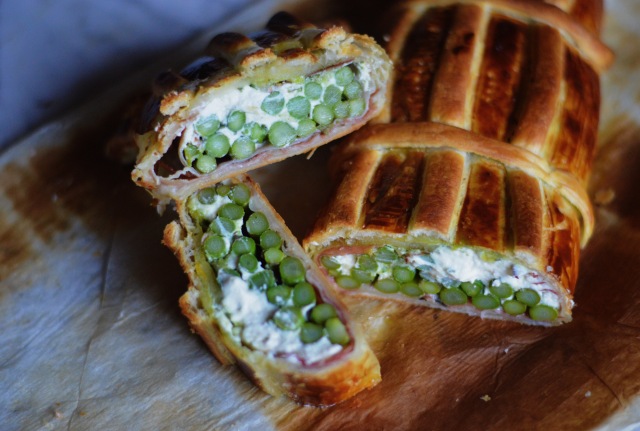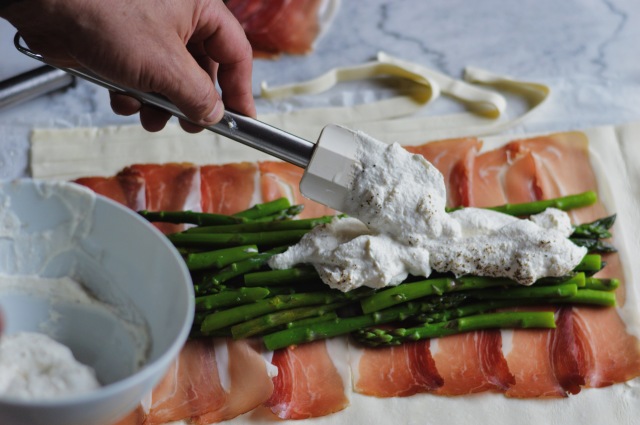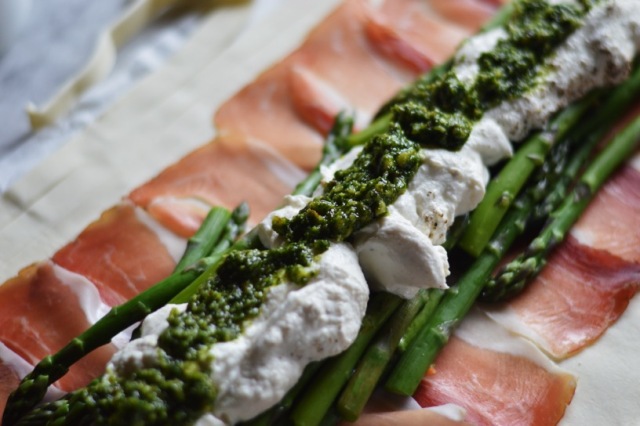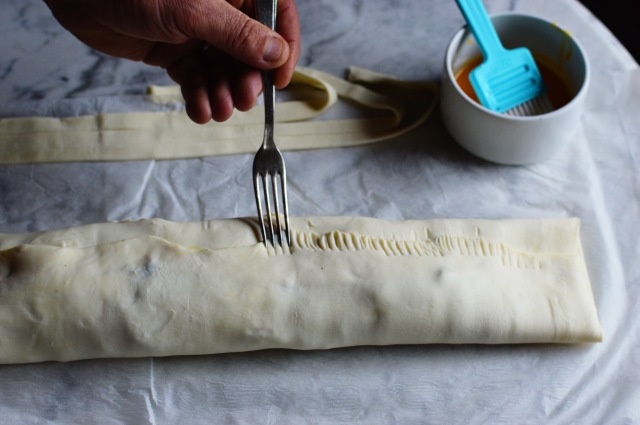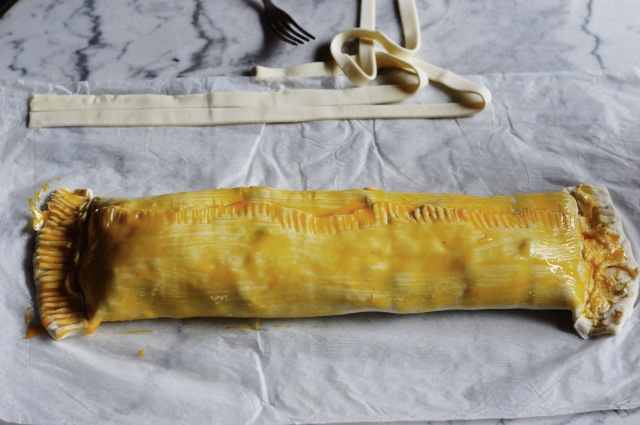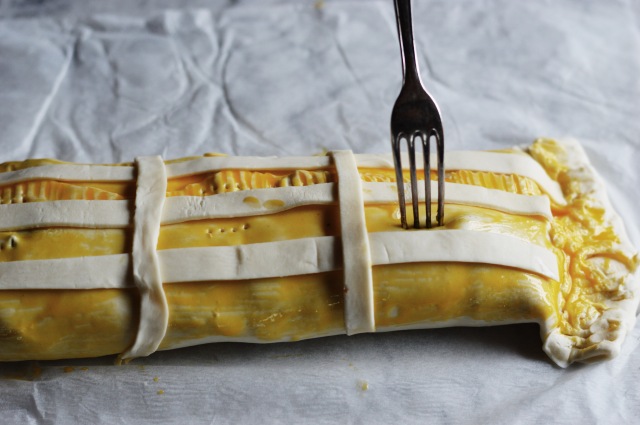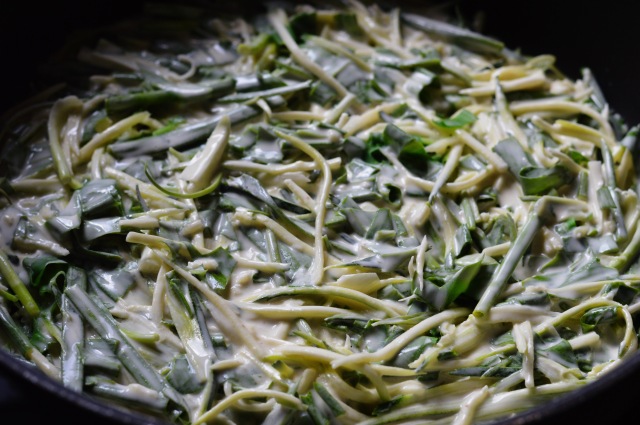
The summer season started super early in Switzerland this year and it has been unusually warm for the last 6 weeks. Hey, I am not complaining at all. And it’s perfect timing because this is the first year we have decided to stay in CH for the whole summer to enjoy this beautiful Swiss Summer. With the warm weather, we have also been entertaining visitors non-stop and the BBQ/picnic invitations just keep on coming. This Watermelon, Cucumber, Feta Salad with Toasted Sunflower Seeds & Basil has become one of my favorite summer dishes and was served up by my sister-in-law on a beautiful evening in Basel. I have made it at least 4 times in the last two weeks because it’s just so good, light and refreshing. And I tell you, the TOASTED SUNFLOWER SEEDS is a game changer to this classic combination of watermelon and feta. There are many more hot summer days and BBQs to come and hoping this salad will make it your table.
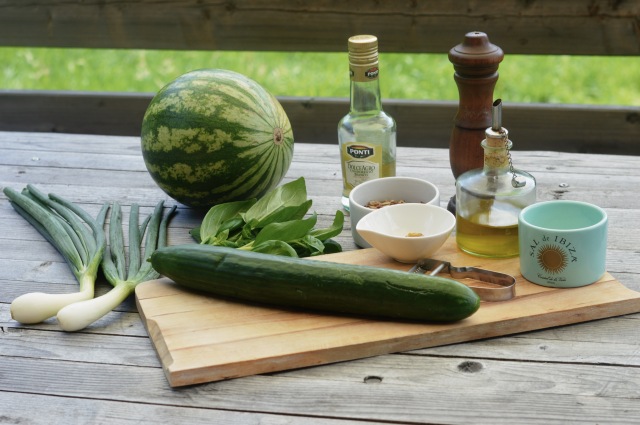




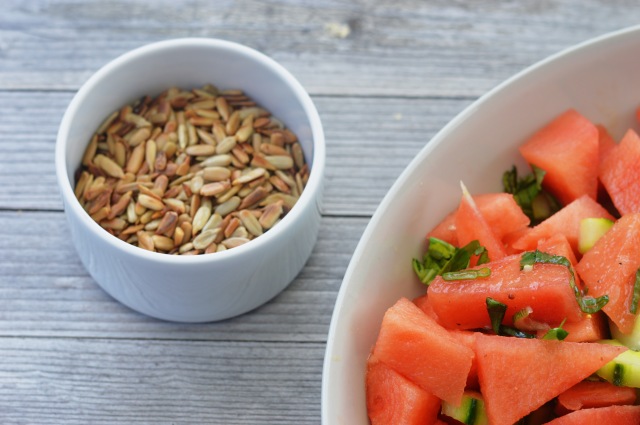

INGREDIENTS: (serves 6-8)
Toasted Sunflower Seeds:
1 tsp extra virgin olive oil (5 ml)
1/3 cup sunflower seeds (40 g)
1 sprinkle of salt
1 sprinkle of sugar
Dressing/Vinaigrette:
1 tbsp dijon mustard (15 ml)
4 tbsp white balsamic vinegar (60 ml)
5 tbsp extra virgin olive oil (75 ml)
2 sprinkles of fleur de sel (Maldon sea salt or kosher coarse salt)
freshly cracked pepper to taste
Salad:
2 large green onions or 4 small spring onions, finely chopped
1 English cucumber, peeled, seeded, halved lengthwise and sliced
1 mini seedless watermelon (approx. 2.3 lbs or 1.8 kg), rind removed and chopped into bite size pieces
7 oz. block of good quality Feta cheese (200 g), crumbled by hand
handful of fresh basil leaves, julienned
handful of micro greens (optional)
INSTRUCTIONS:
- In a medium-sized pan, heat 1 tsp olive oil on medium-high heat and add in the sunflower seeds. Sprinkle with salt and sugar and allow the seeds to toast until golden brown. Set aside to cool.
- In a large bowl or serving dish, whisk together the dijon mustard, white balsamic vinegar, salt, and pepper. Slowly pour in the olive oil, whisking constantly, to form an emulsion.
- To your dressing, add in your thinly chopped green onions, sliced cucumbers, chopped watermelon pieces, and basil. Combine the ingredients with the dressing and allow to marinate for a few minutes.
- Before ready to serve, toss in the toasted sunflower seeds, crumbled feta cheese and micro greens. Add a last drizzle of white balsamic vinegar, a drizzle of extra virgin olive oil and 1 pinch of fleur de sel. Toss your salad one last time and serve.
NOTES:
- I know this goes with out saying, but a good quality feta makes all the difference and I prefer it to buy it as a block and crumble it myself.


